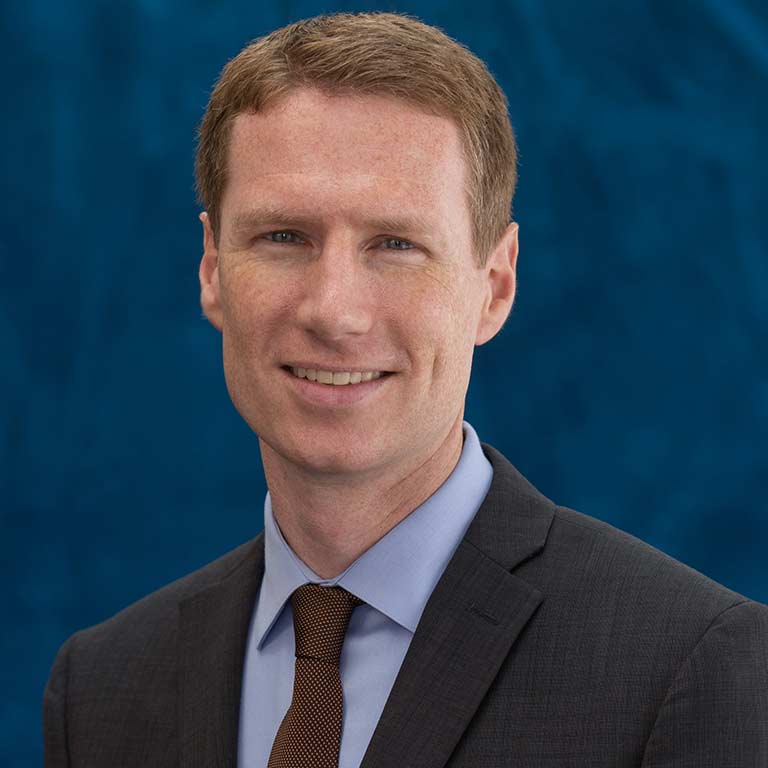During my time with the Center for Rural Engagement, our initiatives have taken us to dozens of Indiana counties to work on hundreds of projects running the gamut from parks planning to blood pressure screenings.
As we complete projects, our team distills lessons from them to ensure that we continue to improve. And while assessing the effectiveness of a community engagement project is complicated, what I have discovered is that there is one simple indicator that tends to be more highly correlated with successful projects than any other.
That indicator is most simply described as close alignment among key project leads. In particular, when you find that participants display a level of commitment that transcends their organizational missions and roles, you can expect to find a successful project.
Groups that have attained a high level of alignment tend to share a belief that a collaborator’s success is their success, no matter if they will benefit from the success or not. Put simply, this state of collaboration evokes the old adage attributed to President Harry S. Truman, “it’s amazing what can get accomplished when no one cares who gets the credit.”
There are unexpected ways to tell if a group has achieved these levels of social capital. One surprising indicator might be the degree to which the group takes an interest in each other’s lives outside of work. Another might be that the group regularly exchanges updates and messages—which can be a sign that the project and the group is top of mind for the group leaders.
Part of what I’ve learned about this state of collaboration, I’ve learned through my work with regional partners at WestGate Technology Park.



